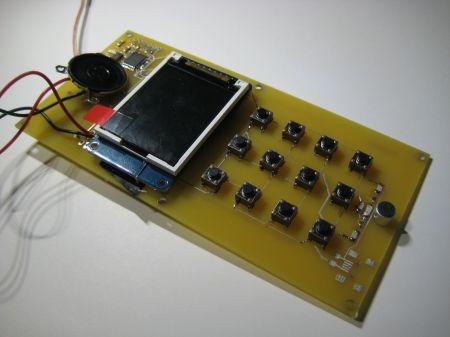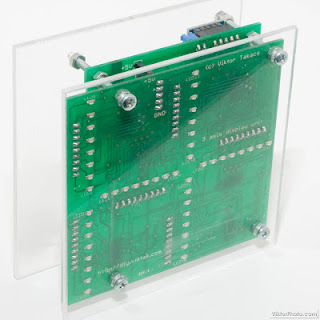
Despite my atrociously short attention span, I’ve always loved pinball. Maybe it is something about all the flashing lights and clunking solenoids. Maybe it is just the simple physics at the center of it all. I’m not really sure. My kids, however, don’t share my enthusiasm. I suspect part of it is that they never wandered through a fog filled arcade in the middle of the night, hopped up on Reese’s Pieces with a shrinking pile of quarters in their pocket. The other part might be the fact that they have gotten used to the Nintendo Wii and the Xbox Kinect (we just got one last week).
Watching them jump up and down playing an extremely simple and repetitive game with the Kinect gave me an idea. I envisioned pinball projected on the side of my house, the kids jumping up and down in front of it to move the paddles. Keep reading to see how I plan to build it and what I’ve done so far. There’s a full video, but also text of the entire thing.
Continue reading “Pinball Stomp: Part1”
















